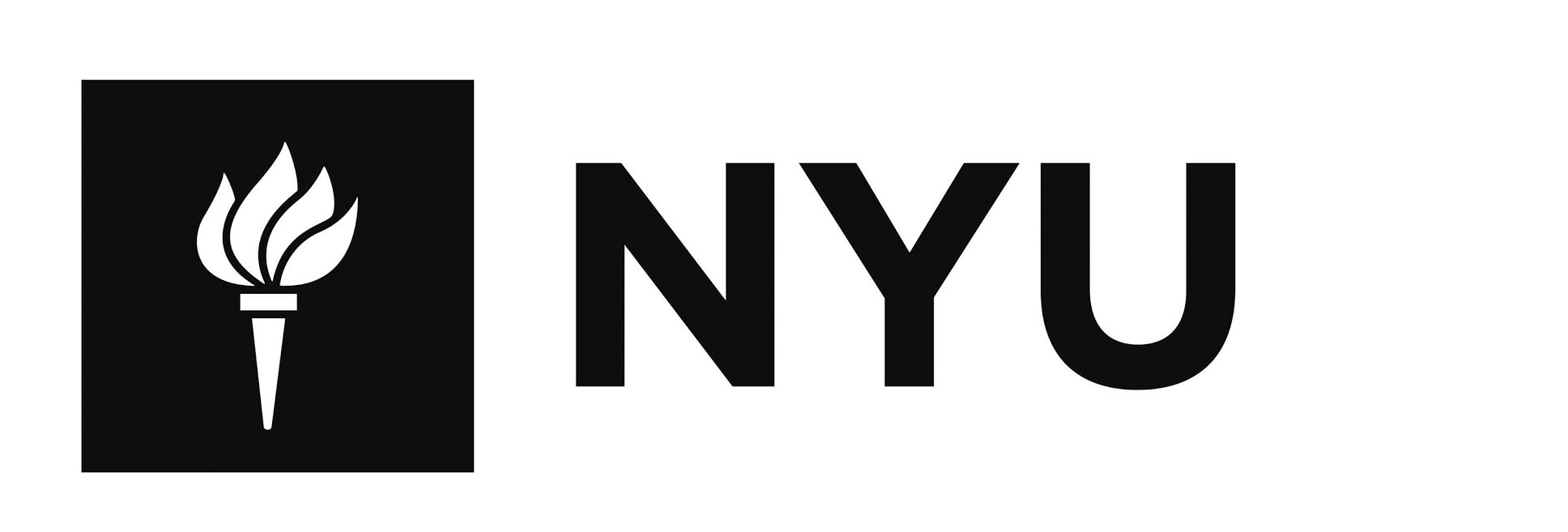#347 COMMODITY VOICES
IDENTIFY A PUBLIC SPACE
Questions of free speech are raised in many sites with regard to many political issues. The everyday world of work is not one of the first that come to mind in this regard. But think of the humble commodities we use every day. In a sense, they can only be so convenient, so submissive to our desires, because they are silent–and not only silent, but silenced. We hear nothing of how they came to us, who made them and who delivered them.
Union Square Park holds a particular significance in the history of labor, from its gathering of 10,000 workers in the first Labor Day celebration of 1882, to its labor strikes of the 1930s, to its designation in 1976 as a Greenmarket highlighting the fruits of local farms. While the produce sold at the Union Square Market are carefully cultivated (the Greenmarket website stating: "Our producer-only markets ensure full traceability, which means the produce, you purchase directly from our vendors can be traced to the hands and land where they were grown"), many more of the commodities we rely on are produced in conditions far less favorable for the laborer. If tomatoes could speak, what would they tell us of the circles of poverty and greenhouse slums that support Mexico's tomato-farm workers?
As the site of both the Greenmarket (at north end) and political rallies (at the south end), the west side of Union Square can bring attention to the silenced speech of the food commodities on which the city relies.
DESIGN PROPOSAL
This proposal seeks to give voice to some of our everyday food commodities, highlighting the global labor involved in their production, in a site of particular significance to labor history: Union Square. The installation at Union Square draws on the geometries of market tent, industrial greenhouse and vegetal grove to create a canopied network that intertwines dance, design, and digital projection.
Developed in prototype form at our Greenpoint offices, the network of hexagonal units (made of wooden dowels, PCV lattice, vacuum-formed ETFE canopy-components and polyethylene greenhouse plastic walls) is flexible: it can configure space and be reconfigured flexibly, around the stimulus provided by Bruce Robbin's research and writing on global networks, Carlye Eckert's choreographic experience in building micro-communities around locally-sourced food and flora, and Union Square's crowds.
The installation weaves together the north side of Union Square, the site of its Greenmarket vendors, and the south side, a rallying point for political activists by provoking performance and debate on the global labor networks embedded in the industrially-produced food commodity.
IMPLEMENTATION
How does the commodity speak in this installation?
Dance performance by Caryle Eckert and a team of dancers: Based on Carlye’s choreographic expertise on the dialogue between food and community building, she will choreograph a dance piece to interact with the pavilion and interpret labor stories gleaned from Bruce Robbins’s research and writing on global networks.
Greenmarket vendor performance: Interested Greenmarket vendors can collaborate with us to highlight the difference between their local products and those produced in remote industrial greenhouses with toxic conditions for their laborers. We will pool our research to create RFID tags (stickers) that are coded with these diverse commodity stories.
Interactive performance for public: The interested public becomes another type of performer giving voice to the commodity story, by bringing a RFID-tagged item provided by participating Greenmarket vendors to the RFID reader located overhead in our installation. Once the product is recognized by the software, the research that makes up its "commodity story" is projected onto the polyethylene greenhouse plastic walls of the installation.
Built Installation: Based on a built prototype of this installation, each hexagonal unit (12 8 foot dowels, 8 PVC lattices, plywood base) requires 3 hours to build and costs $115. The array is flexible, aggregative and designed to be extended by vacuum molded ETFE canopies and greenhouse plastic sides for projection surfaces.
TEAM
Harrison Atelier is a Brooklyn-based design firm founded by Seth Harrison (designer and entrepreneur, Columbia MFA 2010) and Ariane Lourie Harrison (architect and educator, Columbia M.Arch 2006) in 2009. The firm includes Alex Davis (Pratt M.Arch 2013) and Stephen Ullman (Pratt M.Arch 2013). Bridging architecture, music and dance, HAT's recent installation-performances, Pharmacophore (Storefront for Art and Architecture, 2011), Veal (Invisible Dog, 2013) and Species Niches (Architecture OMI, forthcoming) take delight in tangling audience, performers and things. Harrison Atelier is the project designer and has been fortunate to work with Carlye Eckert with Bruce Robbins on prior works. www.harrisonatelier.com
Bruce Robbins is an author, filmmaker, and professor in the humanities at Columbia University. A theorist of and participant in the movement for a "new cosmopolitanism," an appreciation of the varieties of multiple belonging that emerge as peoples and cultures interact, Robbins examines the question of the status of international human rights in his books Feeling Global, Perpetual War: Cosmopolitanism from the Viewpoint of Violence (Duke, 2012), a forthcoming text, The Beneficiary: Cosmopolitanism from the Viewpoint of Inequality,and in the concept for this project. www.columbia.edu/~bwr2001
Carlye Eckert is a choreographer and performer based in New York and a graduate of the Juilliard School. In addition to her solo choreographic work, Ms. Eckert has an ongoing collaboration with John Sorensen-Jolink, producing among other work, STUFFED, a performance series at Judson Memorial Church bringing together locally sourced food and dance in a unique community-building event. In addition to contributing her experience in intertwining performance and food, Carlye is the project choreographer. www.carlyeeckert.com.







